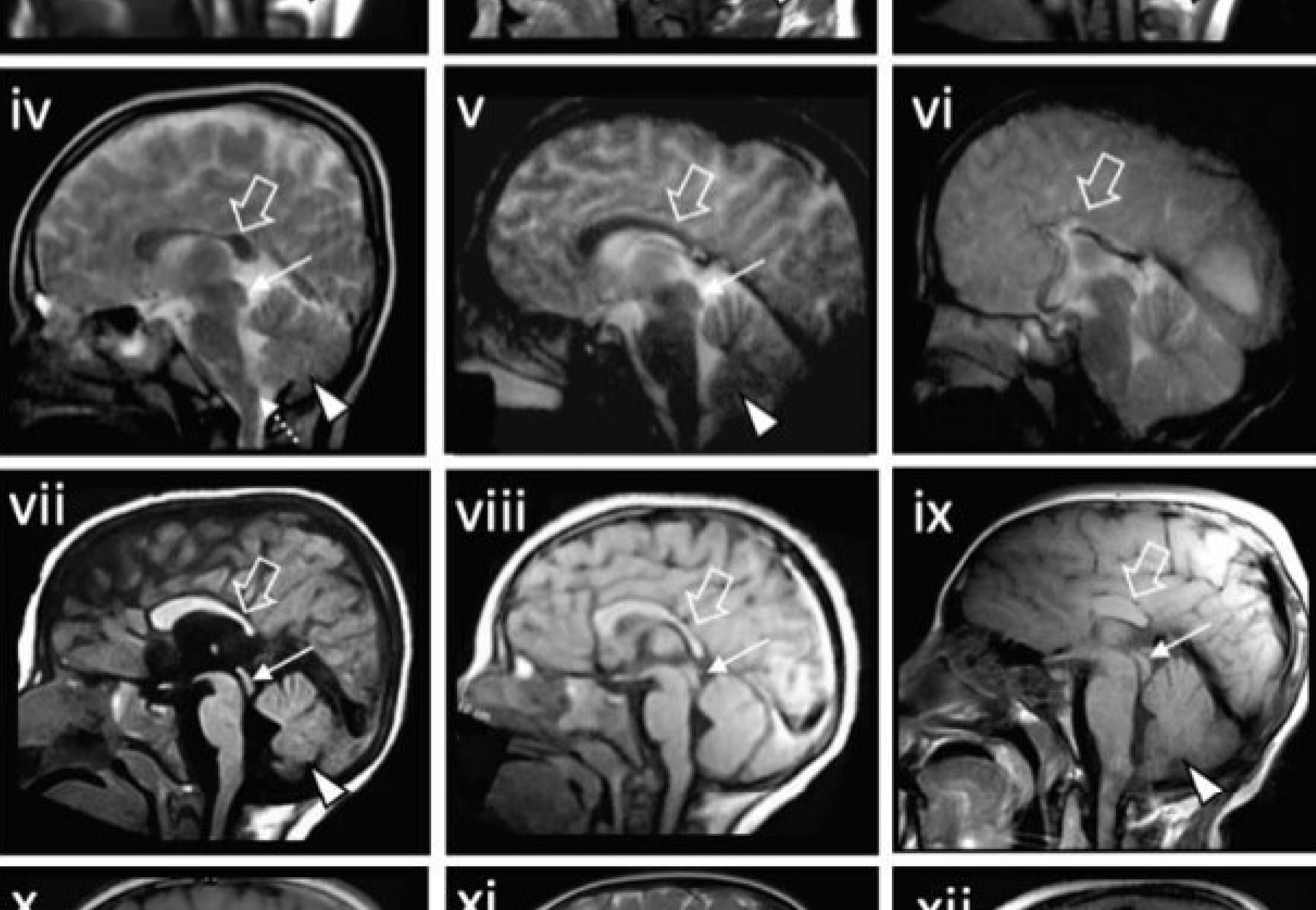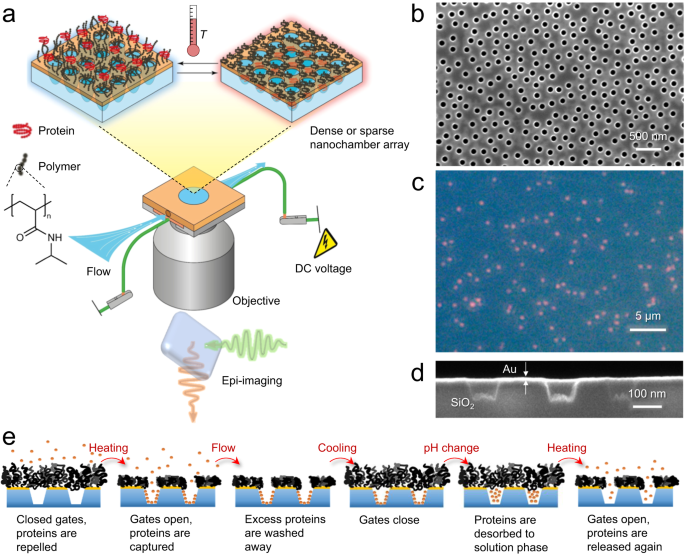2023-11-18 インペリアル・カレッジ・ロンドン(ICL)

◆ACBD6の欠陥による影響を理解するため、研究者は国際的な協力を通じて複数の家族を調査し、動物モデルも活用しました。ACBD6の重要性は、神経発達におけるタンパク質修飾「N-ミリストイレーション」において特に顕著であることが示唆されました。
<関連情報>
- https://www.imperial.ac.uk/news/249554/molecular-causes-rare-neurological-condition-children/
- https://academic.oup.com/brain/advance-article/doi/10.1093/brain/awad380/7407365
進行性の複雑な運動障害を伴う神経発達症候群を引き起こすACBD6の2遺伝子変異 Bi-allelic ACBD6 variants lead to a neurodevelopmental syndrome with progressive and complex movement disorders
Rauan Kaiyrzhanov, Aboulfazl Rad, Sheng-Jia Lin, Aida Bertoli-Avella, Wouter W Kallemeijn, Annie Godwin, Maha S Zaki, Kevin Huang, Tracy Lau, Cassidy Petree,Stephanie Efthymiou, Ehsan Ghayoor Karimiani, Maja Hempel, Elizabeth A Normand, Sabine Rudnik-Schöneborn, Ulrich A Schatz, Marc P Baggelaar, Muhammad Ilyas, Tipu Sultan, Javeria Raza Alvi, Manizha Ganieva, Ben Fowler, Ruxandra Aanicai, Gulsen Akay Tayfun, Abdulaziz Al Saman, Abdulrahman Alswaid, Nafise Amiri, Nilufar Asilova, Vorasuk Shotelersuk, Patra Yeetong, Matloob Azam, Meisam Babaei, Gholamreza Bahrami Monajemi, Pouria Mohammadi, Saeed Samie, Selina Husna Banu, Jorge Pinto Basto, Fanny Kortüm, Mislen Bauer, Peter Bauer, Christian Beetz, Masoud Garshasbi, Awatif Hameed Issa, Wafaa Eyaid, Hind Ahmed, Narges Hashemi, Kazem Hassanpour, Isabella Herman, Sherozjon Ibrohimov, Ban A Abdul-Majeed, Maria Imdad, Maksudjon Isrofilov, Qassem Kaiyal, Suliman Khan, Brian Kirmse, Janet Koster, Charles Marques Lourenço, Tadahiro Mitani, Oana Moldovan, David Murphy, Maryam Najafi, Davut Pehlivan, Maria Eugenia Rocha, Vincenzo Salpietro, Miriam Schmidts, Adel Shalata, Mohammad Mahroum, Jawabreh Kassem Talbeya, Robert W Taylor, Dayana Vazquez, Annalisa Vetro, Hans R Waterham, Mashaya Zaman, Tina A Schrader, Wendy K Chung, Renzo Guerrini, James R Lupski, Joseph Gleeson, Mohnish Suri, Yalda Jamshidi, Kailash P Bhatia, Barbara Vona, Michael Schrader, Mariasavina Severino, Matthew Guille, Edward W Tate, Gaurav K Varshney, Henry Houlden, Reza Maroofian
Brain Published:10 November 2023
DOI:https://doi.org/10.1093/brain/awad380
Abstract
The acyl-CoA-binding domain-containing protein 6 (ACBD6) is ubiquitously expressed, plays a role in the acylation of lipids and proteins, and regulates the N-myristoylation of proteins via N-myristoyltransferase enzymes (NMTs). However, its precise function in cells is still unclear, as is the consequence of ACBD6 defects on human pathophysiology. Utilizing exome sequencing and extensive international data sharing efforts, we identified 45 affected individuals from 28 unrelated families (consanguinity 93%) with bi-allelic pathogenic, predominantly loss-of-function (18/20) variants in ACBD6. We generated zebrafish and Xenopus tropicalis acbd6 knockouts by CRISPR/Cas9 and characterized the role of ACBD6 on protein N-myristoylation with YnMyr chemical proteomics in the model organisms and human cells, with the latter also being subjected further to ACBD6 peroxisomal localization studies. The affected individuals (23 males and 22 females), with ages ranging from 1 to 50 years old, typically present with a complex and progressive disease involving moderate-to-severe global developmental delay/intellectual disability (100%) with significant expressive language impairment (98%), movement disorders (97%), facial dysmorphism (95%), and mild cerebellar ataxia (85%) associated with gait impairment (94%), limb spasticity/hypertonia (76%), oculomotor (71%) and behavioural abnormalities (65%), overweight (59%), microcephaly (39%) and epilepsy (33%). The most conspicuous and common movement disorder was dystonia (94%), frequently leading to early-onset progressive postural deformities (97%), limb dystonia (55%), and cervical dystonia (31%). A jerky tremor in the upper limbs (63%), a mild head tremor (59%), parkinsonism/hypokinesia developing with advancing age (32%), and simple motor and vocal tics were among other frequent movement disorders. Midline brain malformations including corpus callosum abnormalities (70%), hypoplasia/agenesis of the anterior commissure (66%), short midbrain and small inferior cerebellar vermis (38% each), as well as hypertrophy of the clava (24%) were common neuroimaging findings. acbd6-deficient zebrafish and Xenopus models effectively recapitulated many clinical phenotypes reported in patients including movement disorders, progressive neuromotor impairment, seizures, microcephaly, craniofacial dysmorphism, and midbrain defects accompanied by developmental delay with increased mortality over time. Unlike ACBD5, ACBD6 did not show a peroxisomal localisation and ACBD6-deficiency was not associated with altered peroxisomal parameters in patient fibroblasts. Significant differences in YnMyr-labelling were observed for 68 co- and 18 post-translationally N-myristoylated proteins in patient-derived fibroblasts. N-Myristoylation was similarly affected in acbd6-deficient zebrafish and Xenopus tropicalis models, including Fus, Marcks, and Chchd-related proteins implicated in neurological diseases. The present study provides evidence that bi-allelic pathogenic variants in ACBD6 lead to a distinct neurodevelopmental syndrome accompanied by complex and progressive cognitive and movement disorders.


